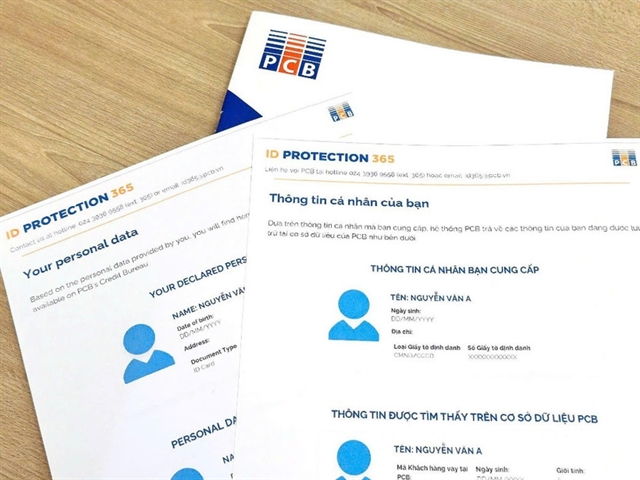 Society
Society

The Ministry of Natural Resources and Environment has asked the Việt Nam’s Environment Agency (VEA) to cooperate with Khánh Hòa Province's Department of Natural Resources and Environment to clarify the case of 10 nix waste tankers’ disappearance.
 |
| Nix waste is transfered to HVS’s port, waiting to be shipped. — Photo tuoitre.vn |
HCM CITY — The Ministry of Natural Resources and Environment has asked the Việt Nam Environment Administration (VEA) to co-operate with Khánh Hòa Province’s Department of Natural Resources and Environment to clarify the case of 10 nix waste tankers’ disappearance.
The disappearance of Huyndai Vinashin (HVS)’s 10 nix waste tankers remains unknown. The main reason, as detected, is the company’s inability to control those ships’ routes to cement factories in the past four years, the Tuổi trẻ (Youth) newspaper reported.
Nix grains or copper slag used in ship repair were imported from South Korea. Nix waste is a hazardous material, which have to be directly transported to cement factories for treatment. However, in reality, two-thirds of HVS’s partners to process nix waste are just brokers.
Unable to process used nix grains, Huyndai Vinashin signed contracts to transfer the waste to three partners as cement material at the price of VNĐ63,000 (US$3) per ton.
However, there is no single regulation in the contracts that requests vehicles transporting the waste to use GPS which is supposed to help monitor the transportation and destination of the nix waste. Therefore, during the past four years, 309 tankers carrying about 400,000 tonnes of nix waste had sailed on the sea without any management.
“If we see any non-cooperation from our partners, HVS will liquidate the contracts,” Kim Chang Gyu, head of Huyndai Vinashin’s General Department, told the newspaper.
“Huyndai Vinashin has to hold responsible for nix grains as they are the sources of this waste,” said Hoàng Dương Tùng, deputy head of VEA as quoted by the Tuổi trẻ newspaper.
Đỗ Thanh Bái from Chemical Society of Việt Nam worried about how to manage the process of collecting and shipping nix waste from HVS’s factory to cement factories.
“In reality, illegal dumping waste into the sea happened in Việt Nam. Therefore, we have to strictly control the transportation of nix waste, not relying on shippers,” he said.
However, Hải mentioned the potential of processing nix waste in cement factories. “The emission control system of some modern cement plants like Holcim can manage air pollutants, especially dust and nix. Therefore, nix waste treatment in cement kilns is an economic and safe solution,” he added.
Conversely, Phạm Văn Bắc, head of the Ministry of Construction’s Department of Construction Materials emphasised the importance of waste management in cement manufacturing.
"Nix waste contains a huge amount of heavy metals such as zinc, lead or copper. Therefore, it is essential to analyse ingredients of nix waste before using it as a cement’s additive,” Bắc said. — VNS




